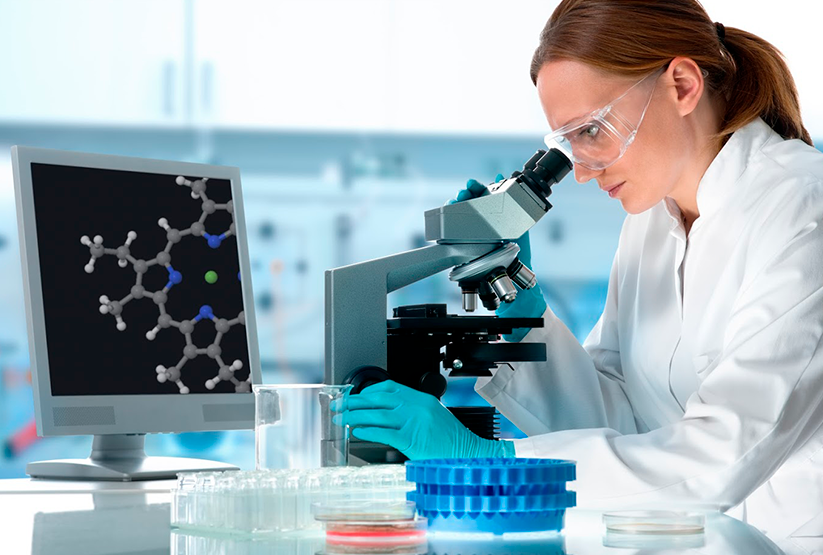
The acromioclavicular (AC) joint is a frequent source of shoulder pain, but it can be challenging to diagnose because there are so many causes. The AC joints are unstable and located between two bones: the distal clavicle and collarbone. The anatomy of the AC joint leads to a number of common problems, such as Osteoarthritis (OA).
The most common symptom of AC joint pain is a dull, aching pain in the shoulder that is aggravated by activity. Physical examination often reveals tenderness over the AC joint or a palpable lump if there has been displacement of the distal clavicle. X-rays are usually taken to rule out other causes of shoulder pain, such as rotator cuff pathology or arthritis of the glenohumeral joint.
Treatment options for AC joint pain include conservative measures such as rest, ice, analgesia, and physiotherapy, or surgical options such as acromioplasty or excision of the distal clavicle. Unfortunately, these treatments do not work for many patients.
Mesenchymal stem cell (MSC) therapy is an emerging treatment that has shown promise in the management of osteoarthritis. Stem cells have a number of properties, such as paracrine signaling, that make them ideal for treating OA. The use of cellular therapy for tissue repair and regeneration in OA is becoming more widely accepted.
However, there is a lack of literature on the benefits that mesenchymal stem cell therapy can offer to people with osteoarthritis in their upper joints. Most of the research has been on lower body joints, such as the knee.
A case report, Effect of autologous adipose-derived mesenchymal stem cell therapy in the treatment of acromioclavicular joint osteoarthritis, looked into the potential of stem cell therapy. This case study aims at assessing an emerging treatment using stem cells for AC joint pain.
Results of the Case Study
The purpose of this case study was to explore the potential benefits of autologous mesenchymal stem cell therapy in the treatment of arthropathy of the acromioclavicular joint. The case study was of a 43-year-old-man who was experiencing pain in his right shoulder. He was unable to lift his arm above his shoulder without pain, which impacted his work and recreational activities. The patient did not have any history of injury.
The patient had received a corticosteroid injection which stopped the pain he was experiencing. Unfortunately, the pain came back shortly after receiving the injection. The patient also tried other treatments, such as anti-inflammatories, with no reprieve. An MRI of his right shoulder showed that he had advanced AC joint osteoarthritis.
To potentially avoid shoulder surgery, the patient wanted to receive stem cell therapy. The researchers decided to treat the patient with adipose-derived mesenchymal stem cells. Fat was harvested from the patient, and stem cells were isolated from the patient. The researchers then injected 10 million stem cells and another 8 million stem cells five months after the initial injection.
The results of the treatment were promising. The patient did not experience any serious adverse events from the treatment. The patient did experience a flare-up in shoulder discomfort after each stem cell injection, but the discomfort only lasted one to three days and did not affect his daily activities. No additional medication was required for the pain.
An MRI scan of the shoulder showed improvements regarding some of his shoulder’s mechanical aspects. The stem cells may have been able to help repair some of the underlying damage that caused OA.
The patient had a number pain rating scale (NPRS) score of 5 before he received stem cell therapy. The NPRS score varied over the course of his treatment, spiking to a 7 one month after receiving the treatment. However, 18 months after receiving the first stem cell injection, the NPRS score plummeted to 0.
The patient also saw improvements in his QuickDASH Disability and Sports scores. The QuickDASH Sports Score started off at a 50 and dropped all the way down to a six by the end of the study. The disability score started off at a 22 and was reduced to 1 18 months after the initial injection.
The patient, who had previously failed to improve with conventional treatments, experienced clinically significant pain relief, functional improvement, and structural changes following stem cell therapy. In this single instance, we see that autologous MSCs were able to provide substantial pain relief for those who suffer from active forms such as arthritis or cysts near their joints by delivering cells straight into the site where inflammation occurs.
These findings suggest that if further studies confirm its safety, then it may prove suitable before surgery especially considering how many people are unable or unwilling to undergo major procedures.

